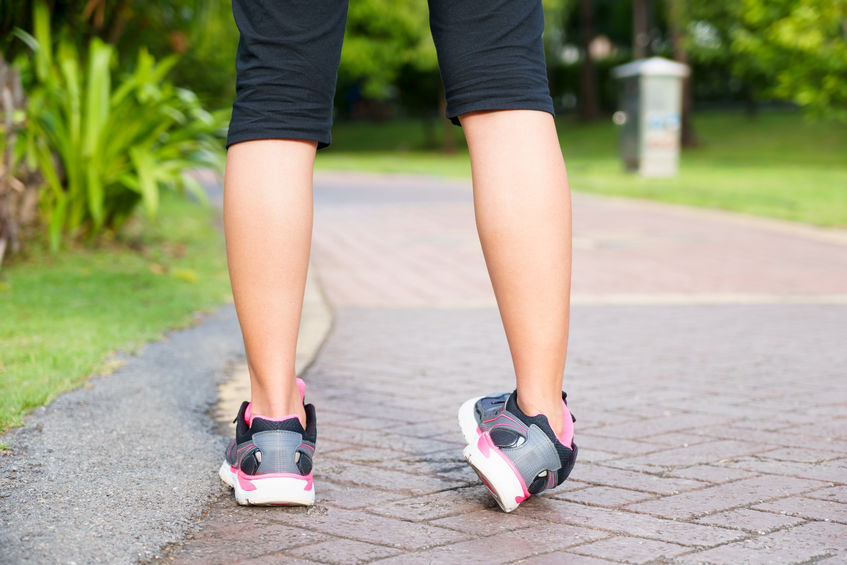Note that your final mark will not be saved in the system.
3.5 Optimising training and preventing injury GapFill
You must fill all the gaps before clicking ‘Check Answers!’

Injuries have a detrimental effect in sport. In individual sports, an injury setback cannot be overcome as it can in team sports, but even then, an injury to a single player could be the difference between winning and losing, defining the outcome of an entire season. Below are some of the common injuries that occur during sport and physical activity.
– defined as a break in a bone. It is are most commonly caused through direct forceful contact by an opponent, such as a high-footed tackle in football. There are many different types, classified by the extent of the break. Common classifications include:
- Simple – a clean break in the bone which does not break the skin
- Compound – a clean break which does break the skin
- Stress – a small crack in the bone from overuse. It is not caused by acute contact but by repetitive impacts, such as that to the tibia under high running loads.
– the displacement of articulating bones at a joint. It often occurs during awkward landings, especially at the shoulder joint, where the instinct of using the arms to ease the body to the ground dislodges the humerus from the ball-and-socket joint. For example, a rugby player who falls backwards from a tackle is at risk of this injury.
– occurs as a result of sudden, forceful movements that overstretch or rupture ligaments that attach bone to bone. It is most common at the ankle joint, usually during uncontrolled inversion of the ankle such as that occurring when jogging under fatigue.
– involves damage to the tough, flexible tissue that covers the joint’s surface to prevent bone-to-bone friction. Causes include the sudden twisting of the joint due to rapid changes in direction, such as agility movements in basketball.
– a brief loss of consciousness or state of confusion following an impact to the head. This is most closely linked to rugby, which has established protocols that determine whether or not the player is fit to return to the field. It often occurs in an illegal high tackle or when a player is tackled in the air and lands awkwardly on their head.
-tissue injuries refers to a group of injuries that occur to tissue surrounding structures and organs in the body. Some of the most common examples include:
- – this occurs when muscles are 'pulled'. This basically happens when they are stretched beyond their natural range of motion, disrupting the arrangement of muscle fibres. A natural inflammatory response occurs and the site usually appears red, after which the area is likely to be stiff in the immediate weeks following the injury.
- Tennis/golfer's – this is an overuse injury frequently experienced by tennis and golf players as they are exposed to repetitive hitting actions. Muscles in the forearm and their attachment at the elbow via tendons are subject to microscopic tears and inflammation.
- Skin – also known as a scrape or graze. The most common cause of this type of injury is trips and falls on hard surfaces. The friction between the skin and ground surface opens up a wound.